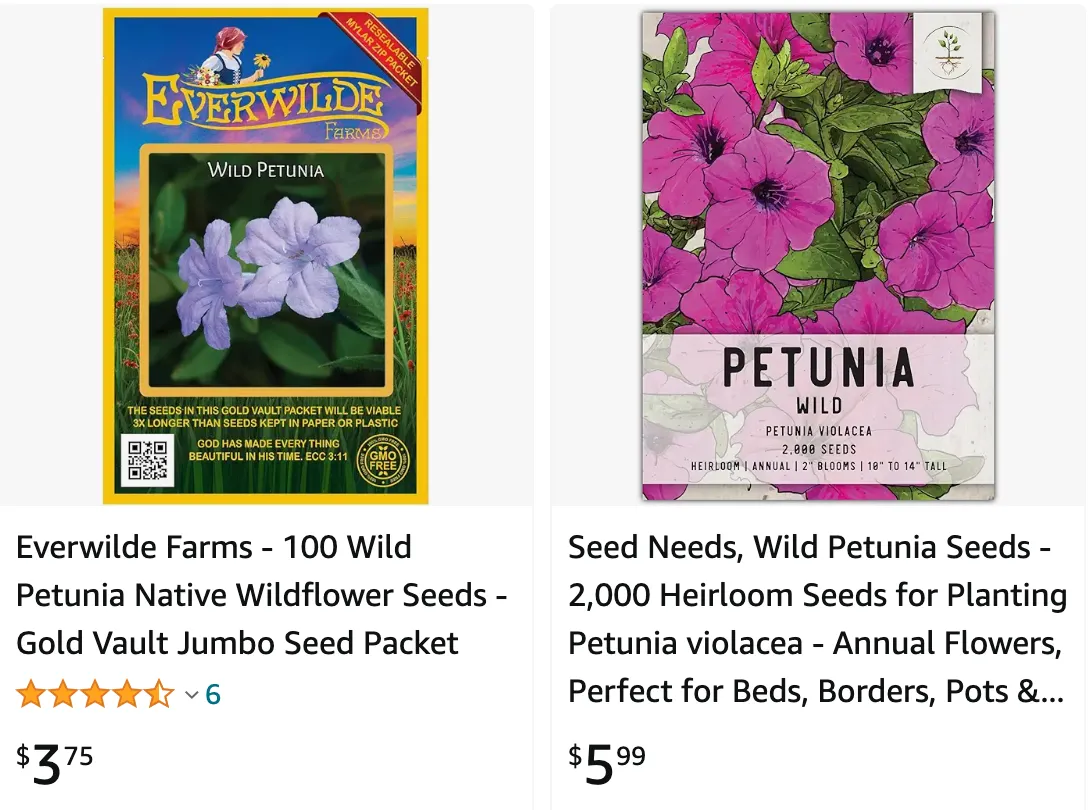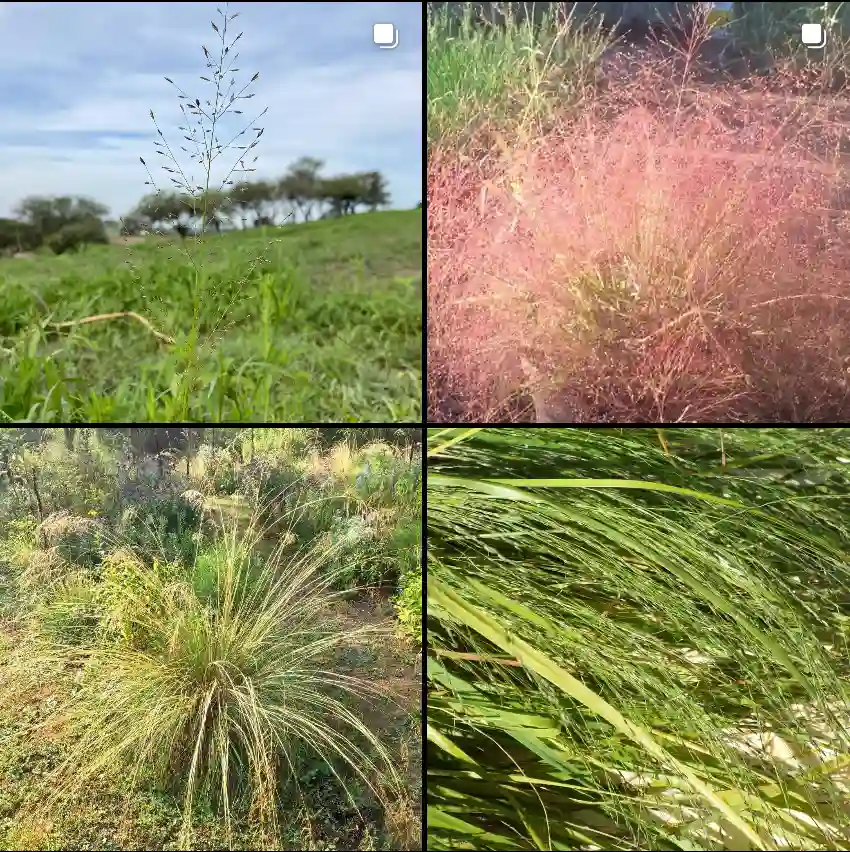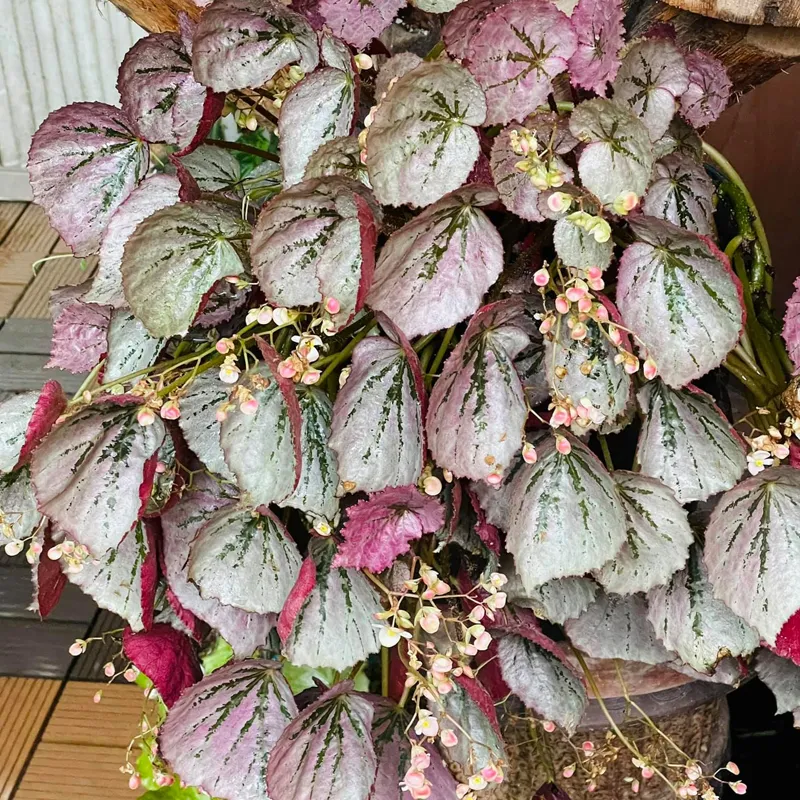
All About Ruellia Caroliniensis: The Carolina Wild Petunia
Hi, Ferb Vu here! Today, we’re diving into the world of Ruellia caroliniensis, a charming wildflower native to the southeastern United States. Often called the Carolina Wild Petunia, this little bloomer packs a punch of color and attracts all sorts of pollinators.
Whether you’re a seasoned gardener or just starting your green thumb journey, Ruellia caroliniensis might be the perfect addition to your landscape. Let’s answer some of the most common questions about this beauty:
366 Species in Genus Ruellia
What is Ruellia Caroliniensis?
Ruellia caroliniensis is a perennial wildflower known for its vibrant blue or violet trumpet-shaped flowers. It thrives in the warm southeastern US, adding a pop of color to woodlands, meadows, and even roadsides. This low-maintenance plant typically reaches heights between 6-12 inches and boasts light green foliage.
How Does Ruellia Caroliniensis Compare to Euphorbia Corollata?
While both Ruellia caroliniensis and Euphorbia corollata (flowering spurge) are fantastic choices for your garden, there are some key differences:
- Flowers: Ruellia caroliniensis boasts trumpet-shaped blooms in shades of blue or violet. Euphorbia corollata, on the other hand, has unique clusters of small white flowers surrounded by colorful bracts (modified leaves) that resemble petals.
- Height: Ruellia caroliniensis is a compact plant, usually staying under a foot tall. Euphorbia corollata can reach heights of 1-3 feet.
- Sun Preference: Ruellia caroliniensis thrives in part shade to full shade. Euphorbia corollata prefers full sun.
- Deer Resistance: Ruellia caroliniensis is somewhat deer resistant, while Euphorbia corollata is generally considered deer-proof due to its milky sap, which deer find distasteful.
How to plant and care for Ruellia Caroliniensis?
Adding Ruellia caroliniensis to your garden is easy! Here’s what you need to know:
- Planting Time: Sow seeds directly outdoors in early spring or fall after danger of frost has passed. Alternatively, you can start seeds indoors a few weeks before the last frost.
- Light: Aim for part shade to full shade.
- Soil: Ruellia caroliniensis isn’t picky about soil type and thrives in well-drained sandy, loamy, or clay soils.
- Watering: Water regularly, especially during hot and dry periods, until established. Once established, it’s fairly drought tolerant.
- Fertilizing: Light feeding with a balanced fertilizer once a month during the growing season can encourage blooming.
- Pruning: Shearing off spent flowers can promote additional blooms throughout the season.
Benefits of Growing Ruellia Caroliniensis
Here are some reasons to consider adding Ruellia caroliniensis to your garden:
- Long Blooming Season: This little wildflower blooms from early summer all the way through fall, providing consistent color for months.
- Low Maintenance: Once established, Ruellia caroliniensis requires minimal care.
- Attracts Pollinators: Butterflies, bees, and hummingbirds love the nectar-rich flowers of Ruellia caroliniensis, making it a great choice for a pollinator-friendly garden.
- Deer Resistant: While not completely deer-proof, deer tend to avoid Ruellia caroliniensis due to its slightly bitter foliage.
Conclusion
Ruellia caroliniensis is a charming and low-maintenance wildflower that adds beauty and ecological benefits to your garden. With its vibrant blooms and long blooming season, it’s a wonderful choice for gardeners of all levels. So, why not give Ruellia caroliniensis a try and see how it brightens your outdoor space?
If i die, water my plants!



